Wrought iron designs are a cornerstone of modern architecture, blending artistic beauty with structural durability. From doors and windows to staircases and fences, wrought iron elements have become integral to architectural aesthetics. With advancements in manufacturing and design techniques, wrought iron now caters to both the aesthetic and functional needs of engineering projects.
In this article, we explore how wrought iron designs contribute to enhancing beauty and durability in modern construction, highlighting their significance, advanced techniques, and key applications in architectural projects.
1. Importance of Wrought Iron Designs
1.Combining Beauty and Functionality
Wrought iron designs are not only decorative but also offer strong functional performance by providing security and structural support.
2. A Versatile Artistic Element
- Ornamental designs reflect various cultural and architectural styles.
- Wrought iron can be shaped into unique forms suitable for diverse projects.
3. Unmatched Durability
- Known for its exceptional strength, wrought iron withstands harsh environmental conditions.
- Treated with advanced anti-corrosion coatings to resist rust.
2. Modern Manufacturing Techniques in Wrought Iron
1. Laser Cutting
- Enables precise and intricate designs.
- Used to create geometric patterns and unique engravings.
2. Heat Forging
- Iron is heated to make it malleable before being shaped into specific forms.
- Provides greater flexibility for creating complex designs.
3. Electroplating
- A modern technique for applying anti-corrosion coatings, increasing the longevity of wrought iron.
- Allows for diverse color options to meet aesthetic demands.
4. Advanced Welding Techniques
- Precise welding methods ensure stability and strength in wrought iron structures.
- Reduces structural defects and enhances quality.
3. Applications of Wrought Iron in Modern Construction
1. Doors and Windows
- Wrought iron doors symbolize security and luxury.
- Iron windows add a modern touch while maintaining strength.
2. Fences and Gates
- Used to enclose residential and commercial buildings.
- Ornamental patterns combine security with beauty.
3. Staircases
- Wrought iron staircases provide elegant and sturdy designs.
- Suitable for both indoor and outdoor projects.
4. Balconies and Terraces
- Wrought iron balconies enhance the overall appearance of a building.
- Offer protection without compromising visual appeal.
4. Benefits of Using Wrought Iron in Engineering Projects
1. Design Flexibility
- Can be shaped to meet architectural requirements, whether classical or modern.
- Allows for creativity in adding fine details that reflect project identity.
2. High Load-Bearing Capacity
- Ideal for supporting heavy loads in buildings and bridges.
- Perfect for structures requiring strength and durability.
3. Resistance to Corrosion and Environmental Factors
- Treated with anti-rust materials, wrought iron becomes resistant to humidity and climate changes.
4. Easy Maintenance
- Wrought iron can be easily repainted or repaired, making it a long-term investment.
5. Challenges of Working with Wrought Iron and Their Solutions
1. Heavy Weight
- Solution: Use lightweight iron alloys that offer the same strength.
2. Susceptibility to Rust Over Time
- Solution: Apply protective coatings like anti-corrosion paint.
3. High Cost of Some Designs
- Solution: Employ modern manufacturing techniques to reduce costs without compromising quality.
4. Skill-Intensive Work
- Solution: Train technicians to use advanced technologies for efficiency and precision.
6. The Future of Wrought Iron Designs
1. Technological Innovations
- Introducing 3D printing technologies to simplify the creation of innovative designs.
- Developing new materials that reduce weight while maintaining strength.
2. Interactive designs using LED lighting integrated into wrought iron structures.
- Using wrought iron in smart buildings to enhance efficiency and aesthetics.
3. Environmental Sustainability
- Manufacturing wrought iron using recycled materials.
- Improving production processes to reduce carbon emissions.
Wrought iron designs are a fundamental element of modern construction, blending beauty and durability to enhance architectural projects. Through innovations in manufacturing and design, wrought iron is now used across a wide range of applications that combine elegance and functionality. Arak shadow offers comprehensive solutions in wrought iron design, focusing on quality and technology to meet client needs and deliver the highest standards of performance and beauty.

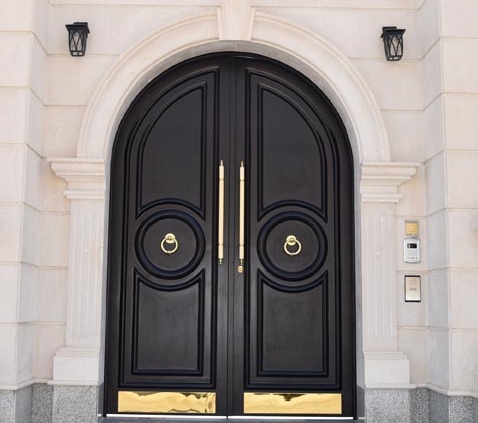
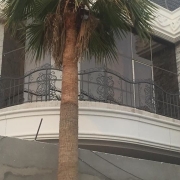
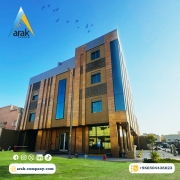
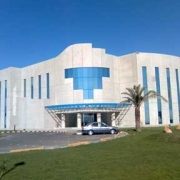
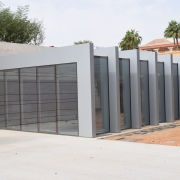
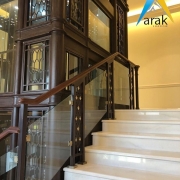
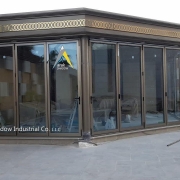
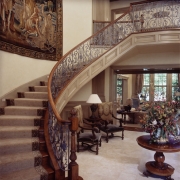
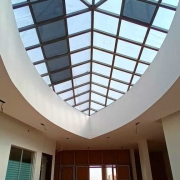


Leave a Reply
Want to join the discussion?Feel free to contribute!